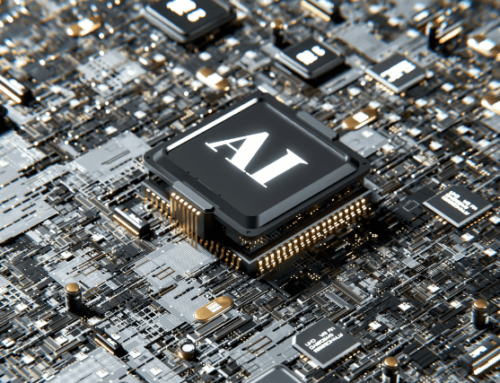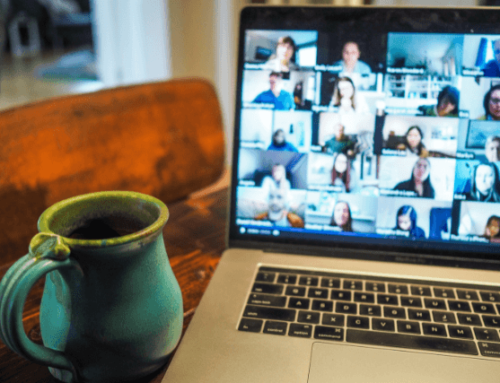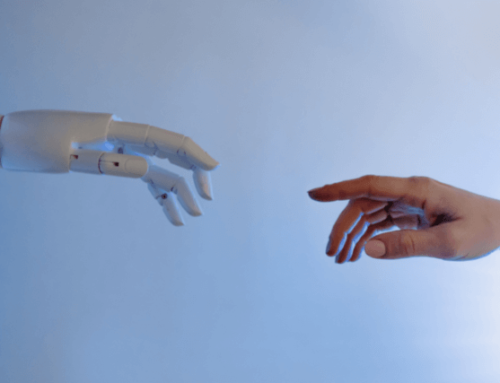When businesses are looking to optimize operations and integrate new technologies, they often face a crucial decision: when to utilize AI vs investing in a new hire. Choosing AI can be tempting. It can be significantly cheaper than hiring new employees, and turnover is almost non-existent, but there are strengths to hiring employees as well. Before you choose between AI and a new hire, there are several elements to consider.
Emotional Intelligence
Emotional intelligence remains a distinct advantage that employees bring to the table. Emotional intelligence encompasses empathy, interpersonal skills, and the ability to navigate complex emotions—all crucial in client-facing roles and team dynamics. When fostering trust, managing conflicts, or ensuring customer satisfaction, investing in a new hire with high emotional intelligence can significantly enhance organizational effectiveness and stakeholder relationships.
Creativity
Another advantage employees have over AI is creativity. Creativity is the ability to connect different ideas, envision solutions, and drive innovation—a cornerstone of competitive advantage. Tasks requiring creative problem-solving, strategic thinking, or innovative product development benefit immensely from human creativity. Investing in a new hire with a fresh perspective and a creative mindset can propel organizations forward in dynamic markets.
Adaptability
Human adaptability is characterized by the ability to use change to create opportunity. Individuals possess the flexibility to acquire fresh skills, embrace new emerging technologies, and transition into different roles. In fields where agility and swift responses to disruptions are crucial, investing in these capabilities ensures that organizations maintain the resilience needed to stay at the forefront.
Costs and Scalability
AI offers undeniable advantages in terms of operational efficiency, scalability and cost-effectiveness. It excels in automating repetitive tasks, processing vast datasets, and delivering insights at unprecedented speeds. This capability not only reduces operational costs but also enhances scalability by handling increased workloads without proportional increases in workforce size. However, businesses need to make sure that AI isn’t costing more in the long run. Using AI for entry-level positions risks limiting the pipeline that fuels advancement into more complex roles.
Striking the Right Balance
The true power of AI emerges when AI is used to augment employee’ work and abilities. By automating routine tasks, AI frees up human resources to focus on activities that require emotional intelligence, creativity and complex decision-making. This synergy fosters a collaborative environment where AI’s analytical prowess enhances strategic decision-making, accelerates innovation and improves overall productivity.
Moreover, integrating AI alongside human employees cultivates a culture of continuous improvement and learning. Employees can harness AI-driven insights to make informed decisions swiftly, adapt strategies based on real-time data, and optimize customer experiences—all while preserving the human touch in critical interactions.
Balancing AI and Human Resources for Optimal Efficiency
When to Utilize AI vs Investing in a New Hire depends on a deep understanding of the task at hand. While AI can help bring new insights into your business, it cannot completely replace employees. Finding the right balance and creating a collaborative environment where AI enhances human capabilities can help businesses navigate digital transformation effectively and foster sustainable growth in today’s ever-changing business environment. The talent experts at Adapture can help you find creative, adaptable candidates with the skills you need to innovate and take action on AI’s insights and move your business forward.
Contact us to schedule a consultation.












